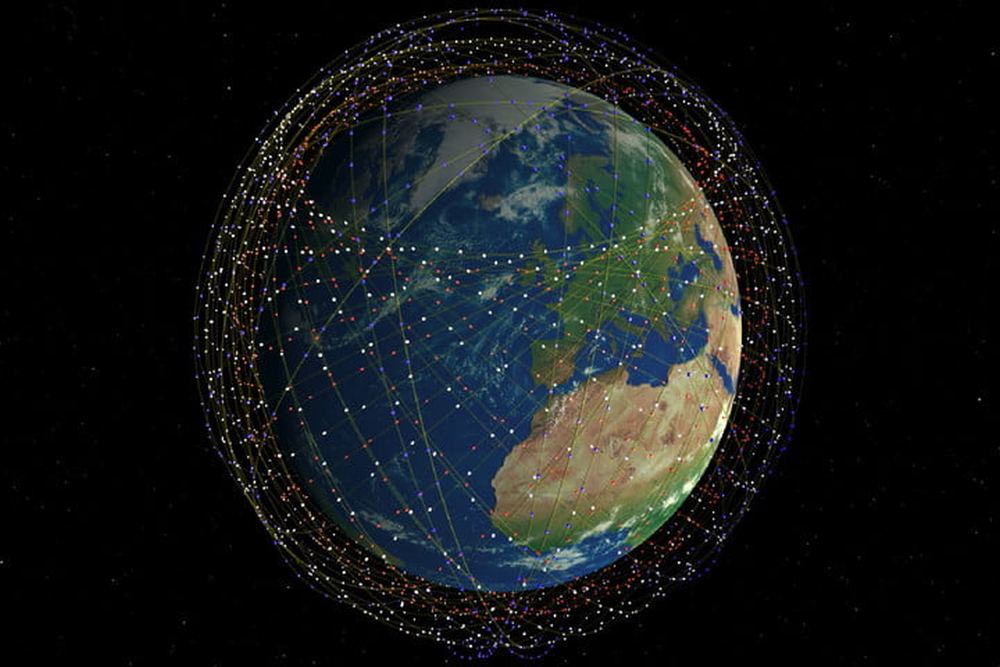SpaceX recently launched another batch of satellites into low-earth orbit, putting them closer to their goal of creating the world’s first global internet system, Starlink. SpaceX has been known for some of their bold moves in the space game, most popular being their ability to launch and land rockets for reusability, but the might soon become a household name for their internet based system that is built entirely on a network of satellites that orbit Earth and create a mesh or web around the globe that can get internet access to almost anywhere.
With their most recent bunch being launched on the 29th
of January 2020, they currently have 240 total satellites of the thousands that
will be required to bring internet to the entire globe. It seems like a lot of
extra equipment in space, where there is already about 2,000+ satellites, but
that is nothing compared to the when they will have all 12,000 already
authorized in orbit and another 30,000 in which they have applied. That is an
astonishing 2,100% increase in orbiting satellites in the coming years.
With all this stuff orbiting Earth, some concerns have
been brought up from astronomers regarding the ability to use telescopes. One
of the main concerns is the light pollution from reflecting light off these thousands
of shiny metal objects in the sky. SpaceX listened to these concerns and in
their latest batch, they painted one satellite almost entirely black. If this
seems to help, they will move forward with this idea and put all the future
satellites into orbit with black paint. Another concern from astronomers is the
crowed space above Earth becoming dangerous and expensive if satellites are too
close together and colliding. However, SpaceX did keep that in mind as well.
They are putting their Starlink satellites into a low-earth orbit of about 180
miles, but only for a short time before they use their thrusters to go another
160 miles further out. They will be in working order at around 340 miles above
the Earth which keeps them apart from most other low orbit satellites. To put that into perspective, the ISS orbits
roughly 200 to 250 miles above the Earth’s surface.
While this overwhelming task by a private company
seems a bit crazy at times, it appears SpaceX not only has space in mind as
they design and listen to ideas from experts in the field, they also have the
population of Earth in mind too. Remember their main goal is to provide
internet access to everyone, regardless of geographical location or economic
status. As long as technology keeps getting cheaper and smaller, the ability to
get internet from a collection of satellites hundreds of miles above the Earth
will become a reality for everyone.


Comments
Post a Comment